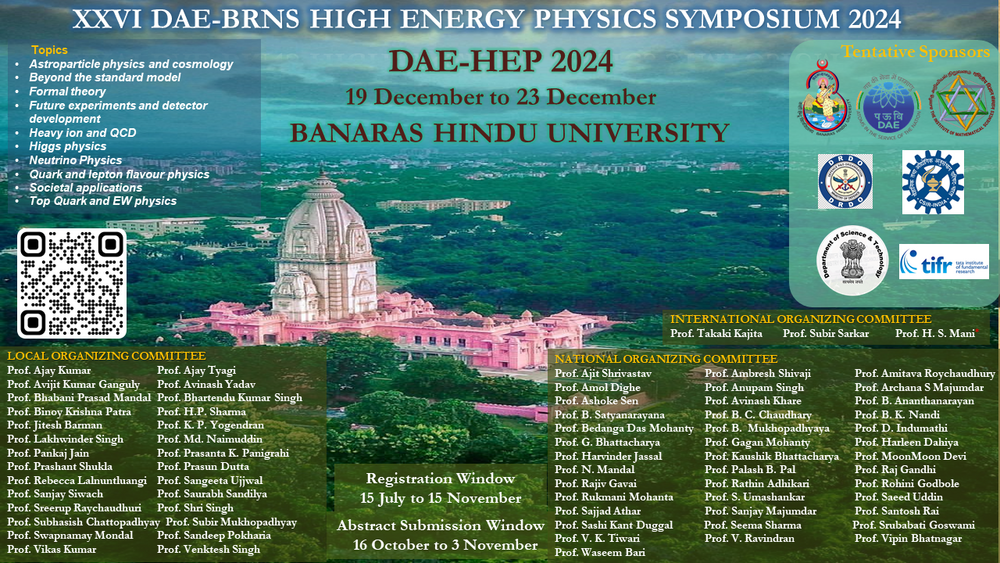Speaker
Description
This study examines parameter space sampling for Beyond the Standard Model (BSM) physics, a computationally intensive task in High Energy Physics (HEP). Simulation-Based Inference (SBI) offers a promising alternative to traditional likelihood-based methods by circumventing the need for explicit likelihood calculations, which are often intractable for BSM scenarios. We apply SBI techniques—Neural Posterior Estimation (NPE), Neural Likelihood Estimation (NLE), and Neural Ratio Estimation (NRE)—to the Higgs sector of the phenomenological Minimal Supersymmetric Model (pMSSM). Our findings reveal that only NPE effectively samples the pMSSM parameter space, while NLE and NRE face limitations. Using the Tests of Accuracy with Random Points (TARP) test, we evaluate posterior accuracy and explore how observables shape feasible parameter regions, highlighting SBI’s utility in complex HEP models.
| Field of contribution | Phenomenology |
|---|

